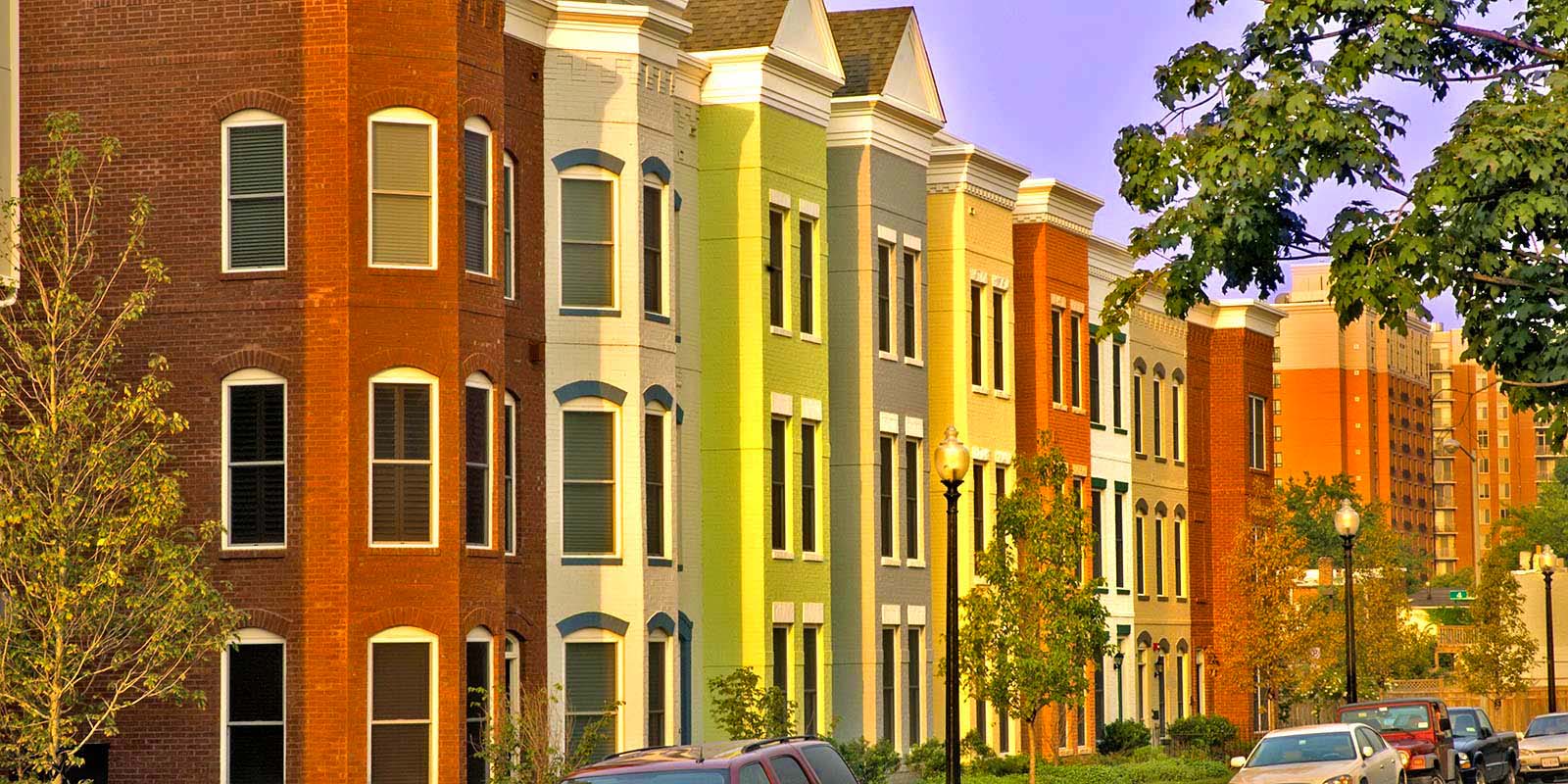Plumbing Considerations for Bathroom Renovations
Renovating a bathroom is one of the most rewarding home improvement projects, offering both functional upgrades and aesthetic enhancements. For homeowners starting from scratch, working with a reliable Demolition Contractor Danville KY can make the initial tear-out process smooth and stress-free. While it’s easy to get excited about picking out tiles and choosing new fixtures, it’s crucial not to overlook the most important element hidden behind the walls—your plumbing system.
According to a bathroom remodeling contractor, whether you’re upgrading a small powder room or undertaking a full master bath remodel, plumbing considerations should be at the forefront of your planning. Proper plumbing ensures your new bathroom not only looks great but also functions efficiently for years to come.
Assessing Existing Plumbing
Before you begin any demolition, it’s essential to evaluate the existing plumbing infrastructure. If your home is older, the pipes might be outdated or corroded. Galvanized steel and cast-iron pipes are common in older homes, and while they may still work, they often come with risks like rust and buildup that can lead to future leaks or water pressure issues.
Upgrading these during renovation will save time and money in the long run. It’s far easier and more cost-effective to replace aging pipes when walls and floors are already open for remodeling. For homeowners seeking professional expertise, working with an experienced plumbing contractor in Lancaster, PA ensures that pipe replacements and system upgrades are done safely and efficiently.
Layout and Fixture Placement
Many homeowners want to move the sink, toilet, or shower to a new location in the bathroom. While this can significantly change the room’s look and flow, it also requires rerouting plumbing lines—a process that can be expensive and complicated depending on your home’s existing plumbing design. Your remodeling contractor should be able to assess your existing plumbing layout and make necessary changes according to the design of your new bathroom.
If you’re working within a tight budget, keeping the fixtures in their original positions can minimize the need for major plumbing changes. However, if the current layout isn’t functional or you’re dealing with persistent drainage issues, it might be worth the investment to relocate fixtures for long-term satisfaction. In the meantime, addressing smaller issues like toilet repair can improve daily function without requiring a full remodel.
Water Pressure and Flow Rate
Another key consideration is ensuring adequate water pressure and flow. This is especially important if you’re installing features like rain showers, body jets, or large soaking tubs. Insufficient water pressure can reduce the effectiveness of your upgraded fixtures and lead to a disappointing experience.
Your plumber should inspect the water lines to confirm they are wide enough to accommodate your new features, if not, you may need a new plumbing installation. Upgrading to larger pipes or installing a pressure booster may be necessary, depending on your home’s current plumbing setup.
Ventilation and Drainage
Proper drainage and ventilation are critical in preventing moisture buildup and the growth of mold or mildew. If your renovation includes adding new plumbing fixtures or rearranging existing ones, be sure that all fixtures are correctly vented to maintain proper flow and prevent sewer gas from entering the bathroom.
A poorly vented system can cause drains to become sluggish and noisy, which defeats the purpose of a high-quality renovation. Professional plumbers can determine the best venting options for your bathroom layout.
Permits and Code Compliance
Bathroom renovations that involve plumbing changes often require permits and must comply with local building codes. This ensures the work is safe and up to standard. An experienced contractor or licensed plumber in Mooresville, NC can help navigate the permitting process and ensure that your new plumbing meets all regulations.
For homeowners seeking plumbing repair in Gaithersburg, MD, it’s especially important to work with a plumber familiar with local codes to avoid costly delays or violations during your remodel.
While beautiful tile and sleek fixtures catch the eye, it’s the plumbing that keeps your bathroom functioning smoothly. Investing in quality plumbing work during a renovation not only ensures the longevity of your upgrades but also protects your home from potential water damage. If issues do arise, timely water damage restoration can prevent small leaks from turning into costly structural repairs. Take the time to plan carefully, consult professionals, and address plumbing needs early in the renovation process for a result that is both stunning and structurally sound.

